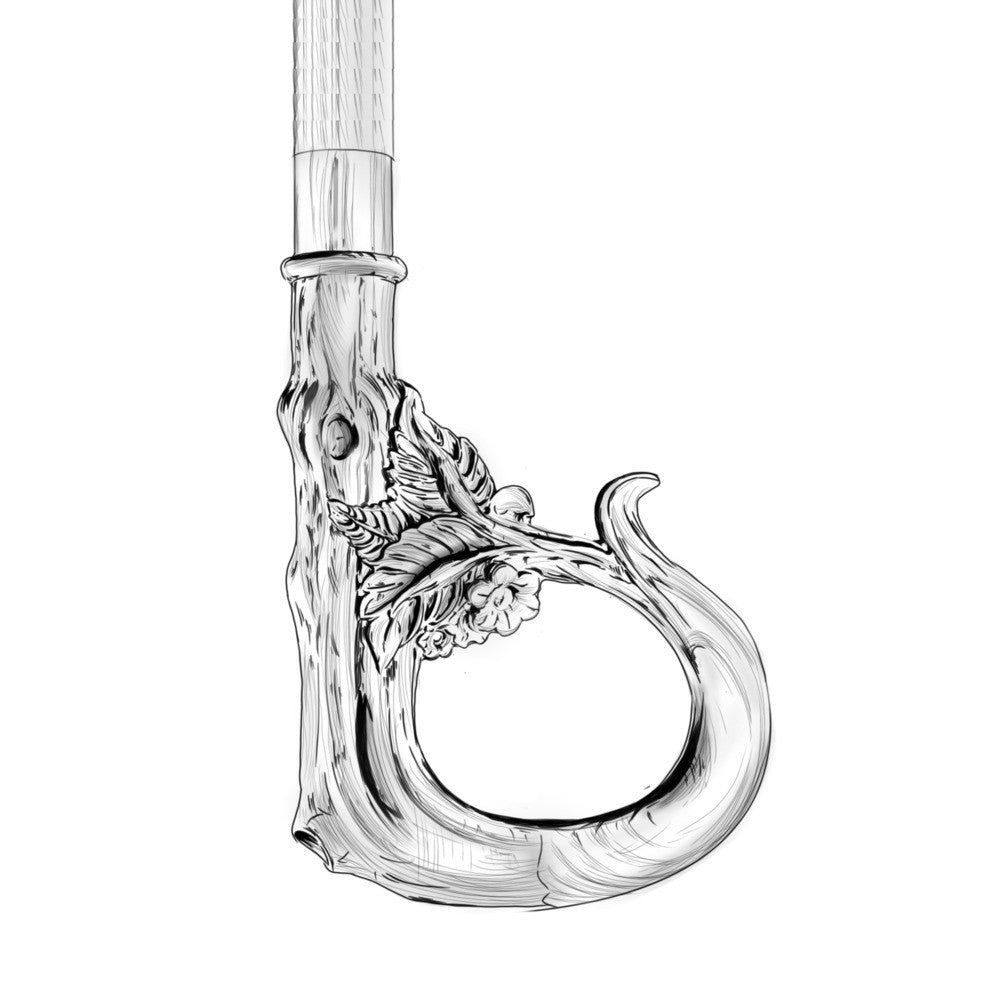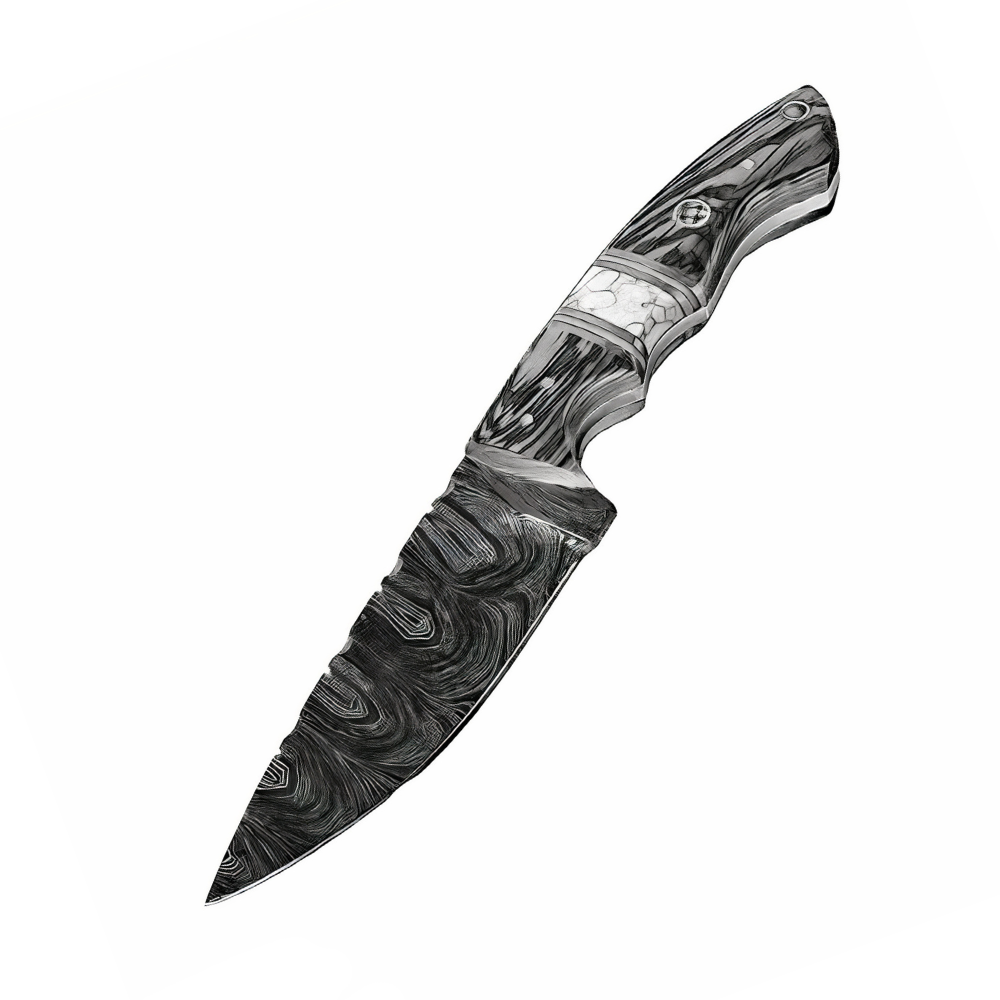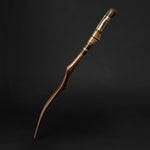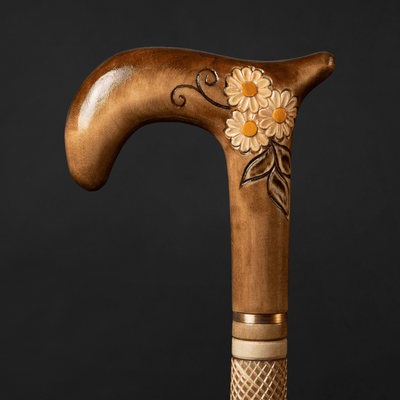You have no items in your shopping cart.
Recent Posts
-
How an Ergonomic Walking Cane Handle Prevents Hand and Wrist Strain?
-
How to Walk With a Cane Correctly to Avoid Back or Shoulder Strain?
-
5 Common Mistakes People Make When Buying a Walking Cane (and How to Avoid Them)
-
How to Choose a Walking Cane That Reflects Your Personality (Not Just Your Needs)?
-
Walking Canes That Match Formalwear for Weddings and Events
-
Why Walking Canes Are the New Fashion Statement?
MOST POPULAR NOW
30
May
Walking canes have long been more than just mobility aids; they are symbols of elegance, status, and artistry. Collecting classic walking canes can be a rewarding hobby, blending historical intrigue with aesthetic pleasure. Whether you're a novice or looking to deepen your knowledge, this guide will help you embark on your journey to collecting these timeless accessories.

Understanding the appeal of classic walking canes
Historical significance
Walking canes date back to ancient civilizations, where they were used as symbols of power and authority. In Europe, during the 17th and 18th centuries, canes became fashionable among the aristocracy. Collecting these pieces allows one to own a tangible piece of history, often reflecting the social and cultural context of their time.
Craftsmanship and materials
Classic walking canes are often admired for their exquisite craftsmanship. From intricately carved wooden handles to canes adorned with precious metals and gemstones, the variety is vast. Materials commonly used include:
- Wood: Ebony, rosewood, and oak are popular for their durability and beauty.
- Metal: Silver, gold, and brass canes often feature detailed engravings.
- Ivory and Bone: Used historically for handles, these materials add a unique charm but are subject to modern legal restrictions.
Starting your collection
Before making any purchases, immerse yourself in the world of walking canes. Read books, join online forums, and attend auctions to familiarize yourself with different styles, periods, and materials. Notable books include "Canes Through the Ages" by Francis H. Monek and "A History of Walking Sticks" by Anthony Moss.
Narrowing your focus can make collecting more manageable and enjoyable. You might choose to specialize in:
- Antique canes: Pre-1900s canes, often showcasing exceptional craftsmanship.
- Art nouveau or Art Deco canes: Known for their artistic designs.
- Novelty canes: Featuring hidden compartments or unique mechanisms.
Establish a budget for your collection. Prices can vary widely, from affordable pieces to high-end collectibles costing thousands of dollars. Having a clear budget helps in making informed decisions and avoiding impulse buys.
Evaluating the authenticity and condition
Authentic classic walking canes often have distinguishing features such as maker’s marks, hallmarks, or engravings that indicate the maker and period.
Research these marks and consult experts when in doubt.
The condition of a cane significantly affects its value. Check for cracks, repairs, or replacements in the handle and shaft. While some wear is expected in antiques, excessive damage can reduce a cane’s desirability and value.
Preserving and displaying your collection
Store your canes in a dry, temperature-controlled environment to prevent damage. Avoid direct sunlight, which can cause fading or cracking.
Regularly dust and clean your canes with appropriate materials. For wooden canes, use a soft cloth and mild polish. Metal parts can be gently polished to maintain their shine.
Displaying your collection can enhance its enjoyment. Use cane stands, wall-mounted racks, or display cases to showcase your canes while keeping them safe.
Conclusion
Collecting classic walking canes is a journey that combines history, art, and personal passion. By educating yourself, defining your focus, and connecting with the collecting community, you can build a collection that not only brings personal joy but also preserves a piece of cultural heritage. Start small, stay curious, and enjoy the hunt for these timeless treasures.
Also Purchased
-
Beige Walking Cane for Ladies Chamomile Flower, Wooden Walking Stick
Introducing our beautiful Beige Walking Cane for Ladies with Chamomile Flower, a Wooden Walking Stick that is hand carved and handmade, making it both pretty and unique. This walking cane...$90.00$79.50 -
Exotic Burl Wood Walking Cane – Fashionable Artisan Stick
A sculptural statement in deep, oceanic blue — this walking cane is more than a support accessory, it's wearable art. Meticulously hand-shaped from stabilized burl wood, the handle evokes the...$425.00 -
ArtWalkingSticks™ MAGIC Red Walking Cane - Unisex, Handmade
This piece of art is created for those who value details. We make one of a kind, handcrafted wood and resin canes. Our Wooden Canes are completely unmatched in creativity....$425.00 -
Fashionable Lion Shoehorn Long Handle, Pearly Brown Shaft, Handmade
Introducing our Fashionable Lion Shoehorn, a handcrafted, long-handled shoe horn with a pearly brown shaft that's both stylish and practical. The intricate Lion design adds a touch of elegance to...$240.00 -
Carved Lion Head Comfortable Walking Cane, Unusual Crazy Walking Stick
Want to add a touch of royalty to your style? Look no further than our carved lion walking cane. People have used decorative lions in décor since ancient times, and...$182.00 -
Stylish Walking Cane For Man and Women, Natural Wood Canes, Designer
In order to make this stylish walking cane we used world color tendencies. This piece of art is created for those who value details. We make one of a kind, handcrafted...$430.00
































